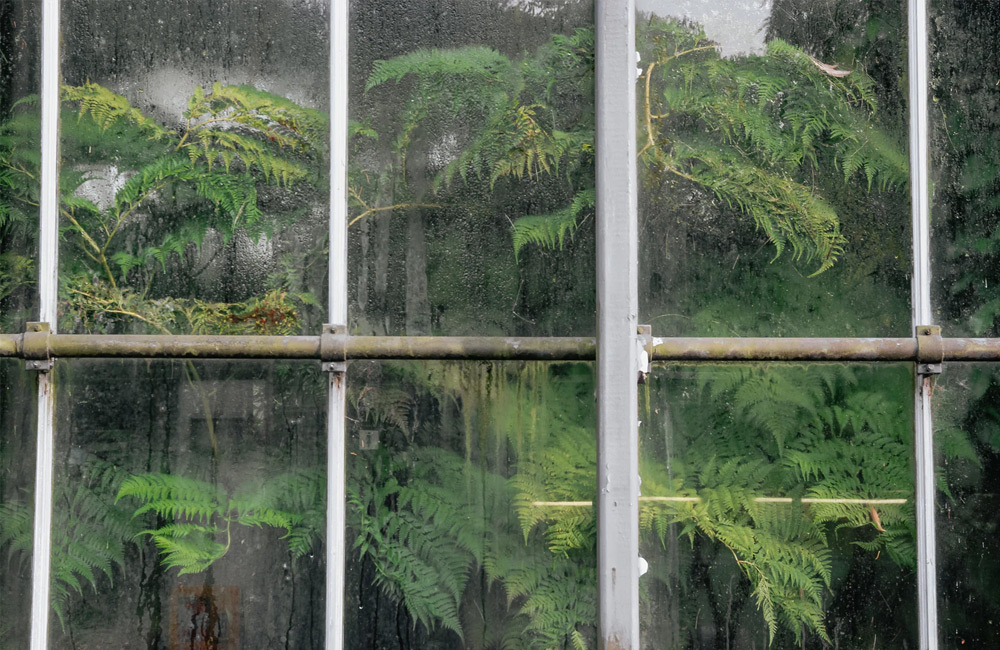How To Insulate a Greenhouse

Benefits of Insulating a Greenhouse
Greenhouses are normally a couple of degrees (2-3°C) above the outside temperature. In most circumstances, that is enough to protect against a mild frost, but if temperatures sink into a sharp cold snap, it may not be enough. Insulation is needed to keep heat in – and you may even need to produce some backup heat as well.
Using Heating
Many growers use a greenhouse heater during the winter. It is a great way to reduce worry over your plants, and to keep them from getting stressed and/or damaged by cold. Heating a greenhouse that is not insulated, however, will mean that most of your heat goes out into the air around it, doing you no good and costing you money and energy. An insulated greenhouse not only helps to keep the heat you create inside the greenhouse, but it can increase that normal 2-3°C difference between inside and outside temperature to a 5-6°C gain.
Things to do Before You Insulate
The first step in insulating your greenhouse is to make sure the seals are in good shape. Seal cracks in panes too, and make sure everything is in good repair. Then clean the glass thoroughly, as this will increase the intake of light and heat energy. Get rid of old soil and compost that could have pests in them and wash the greenhouse interior.
How to Insulate Your Greenhouse
Using Bubblewrap
A layer of bubblewrap around your greenhouse will decrease draughts and thereby keep warmer air inside. Much of the light will still get through though. You’ll want a polythene, UV-stabilised product that should last for at least three years. These are available at garden centres.
Using Cardboard
A cheaper alternative is cardboard. Lining the bottom two feet of your greenhouse walls with cardboard (inside the glass) will cut down on draught and heat loss. Putting in a layer of straw between the cardboard and glass will increase the good effects.
Using Fleece
Horticultural fleeces also do a great job of protecting certain plants during harsh conditions. Simply hang the fleece over a group of plants, or individually wrap a certain plant, or do both for maximum protection.
Fleece blocks out the light too though, so it should not be used for prologued periods of time.
How to Heat Your Greenhouse
If the plants you want to grow are considered tender, then insulation alone may not be enough in your area. If this is the case, you will want to add some form of heating to your system. There are electrical heaters on the market that are inexpensive and easy to use.
Water Butt
An old-school method of keeping the temperature up in greenhouses is the water butt. This works by using mass to store heat. Water takes a lot of energy to heat up and gives off a lot of energy as it cools down, so placing a tub of water in the greenhouse has a steadying effect on the internal temperature. During the day, the water absorbs energy. During the night, it releases it as it cools.
The water might not feel very warm to the touch, but it is warmer than the night-time temperatures, and is often enough to keep the frost from settling on your plants.
You can see our greenhouse accessories page for all heating and ventilation options.
 Author:
Author: